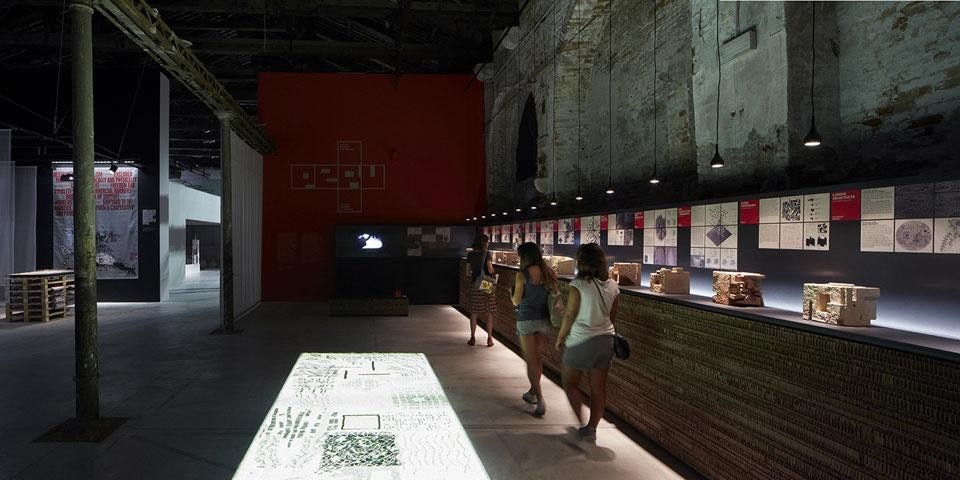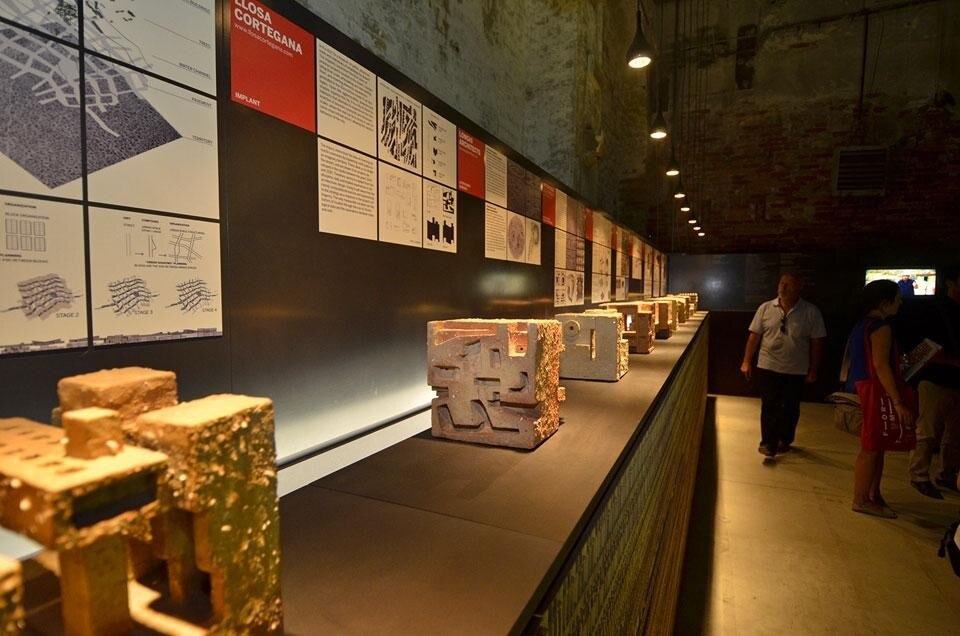The design process kicked off with a challenge, thinking on how to live in the Peruvian desert using the urban system of the pre-Columbian city as a model. Each of the twenty offices designed a neighbourhood, conceptually represented in clay models, expressing visions of how it might be possible to live in the desert. The quality of urban space lay at the heart of the design thinking. The result is an urban fabric merging diversity and cohesion, small and large, urbanity and rurality, ancient and modern.
Domus had the opportunity to ask a few questions to some of the participating studios, which included 51-1 Architects, Supersudaca, Artadi, Baracco, Bragagnini, Barclay & Crousse, García Milla — León, Gonzalez Moix, K + M Architects, Longhi, Llosa Cortegana, Metropolis / José Orrego, David Mutal, Nómena, Ruth Alvarado — Oscar Borasino, Carlos Palomino, Carlos Pestana, Poggione + Biondi, Seinfeld, Oficina Uccelli, and Vicca Verde.
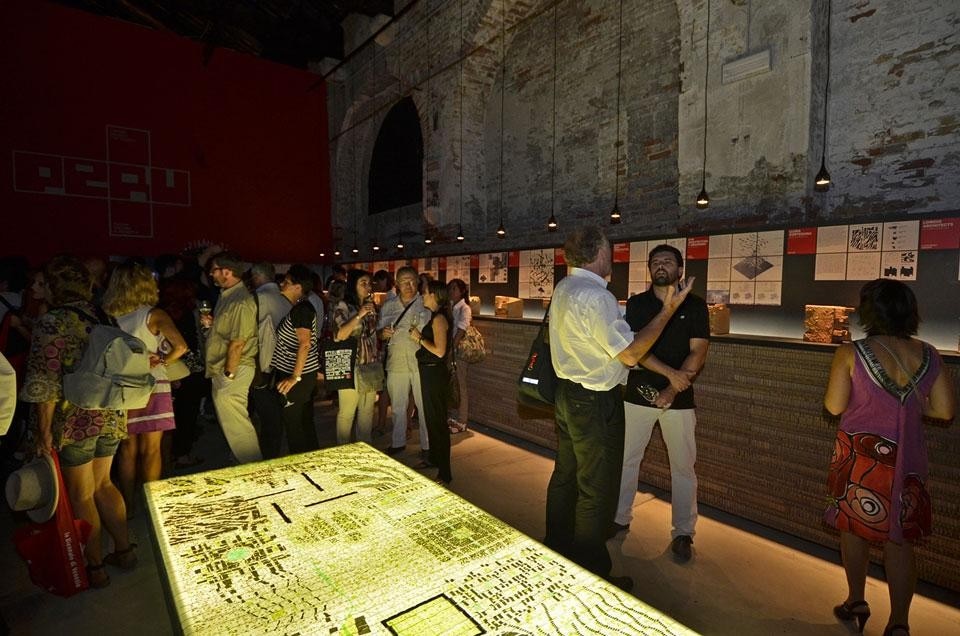
José Orrego: The main difficulty was uniting the thoughts, leanings, and ideas of the various architects, keeping in mind that we all came from academic backgrounds that fostered individual thinking. There was great determination to come together and present only one proposal. We attained this goal by organizing a number of workshops that allowed us to discuss, and get closer to, the concrete result that you see here. The next step will be to see if our ideas are strong enough for the project to become the physical expression of a real city.
Sandra Barclay and Jean Pierre Crousse: Our proposal represents what South America is today. Peru used the past to look to the future — a future full of projects, hopes, progress, and social improvements that we created in this new city. We are twenty architectural firms with twenty different concepts of the city. It was amazing to see how twenty different ideas can co-exist and create something harmonious. At the end of the day, cities are born in just this way.
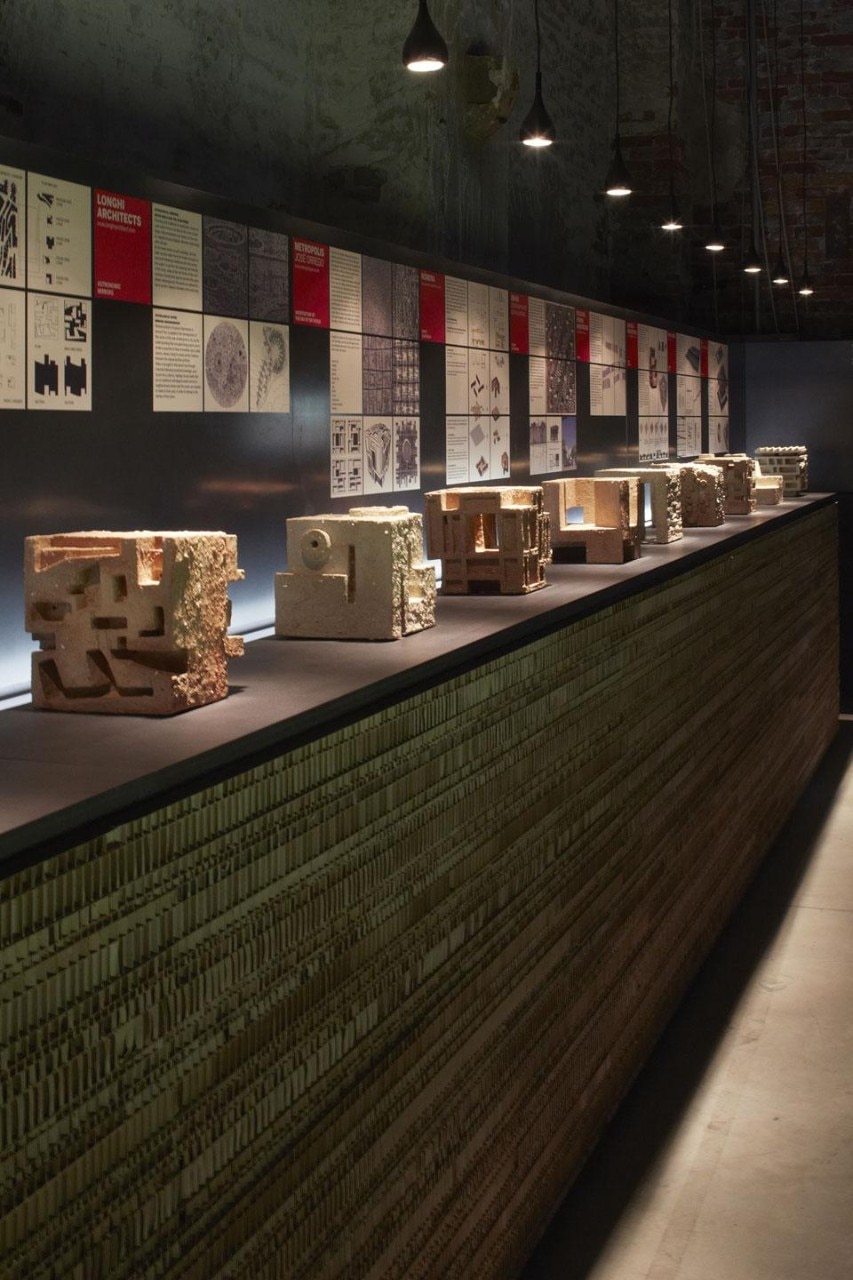
K + M Architects: We developed the project week by week after the group workshops. When we started, we didn't really know what to do. It was interesting because we set deadlines and assigned homework. In this way, the project advanced gradually. Some of the questions we asked ourselves were: What does it take to live in the desert? How do you solve problems of water, sun, the desert or lack of density? The answer to these questions first took shape on the architectural scale — the domestic scale — then on the urban scale. Finally our projects were united on a regional scale.
René Poggione: Working in the contemporary while recognizing the traces of time upon which to build a certain continuity with the area's traditional typologies. We did not want to start from scratch. Today's approach is not to start from scratch but rather from a careful rereading of existing structures. This has nothing to do with contextualism, or with formalism. If this project can ride the tide of history, one of the show's merits will not lie in the fact that it's historicist, but in the fact that it is a totally contemporary exhibition that brings together a special feeling that comes from wanting to listen to the present.
Each of the twenty offices designed a neighbourhood, conceptually represented in clay models, expressing visions of how it might be possible to live in the desert. The quality of urban space lay at the heart of the design thinking. The result is an urban fabric merging diversity and cohesion, small and large, urbanity and rurality, ancient and modern
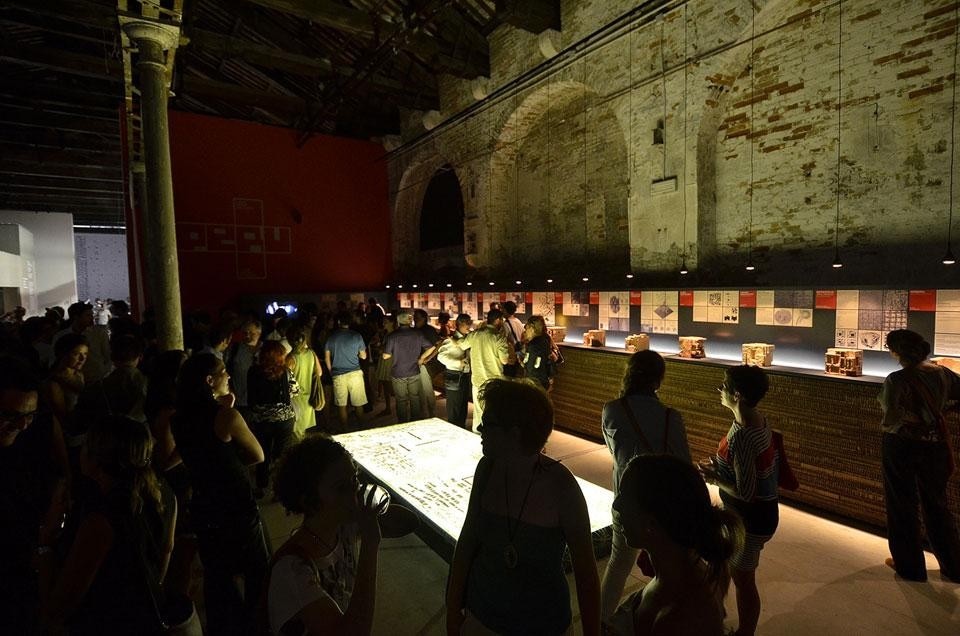
51-1 Architects: For many years, we architects have been missing from the decision-making process in Peru. We don't have a voice and we aren't able to speak about issues that concern us. If architects do not participate in this great opportunity to build a new city, another spontaneous and informal city will be built by the residents themselves like in Chiclayo — another missed opportunity to do something ordered designed by architects. We hope that the project will move forward and that the authorities will take it into consideration.
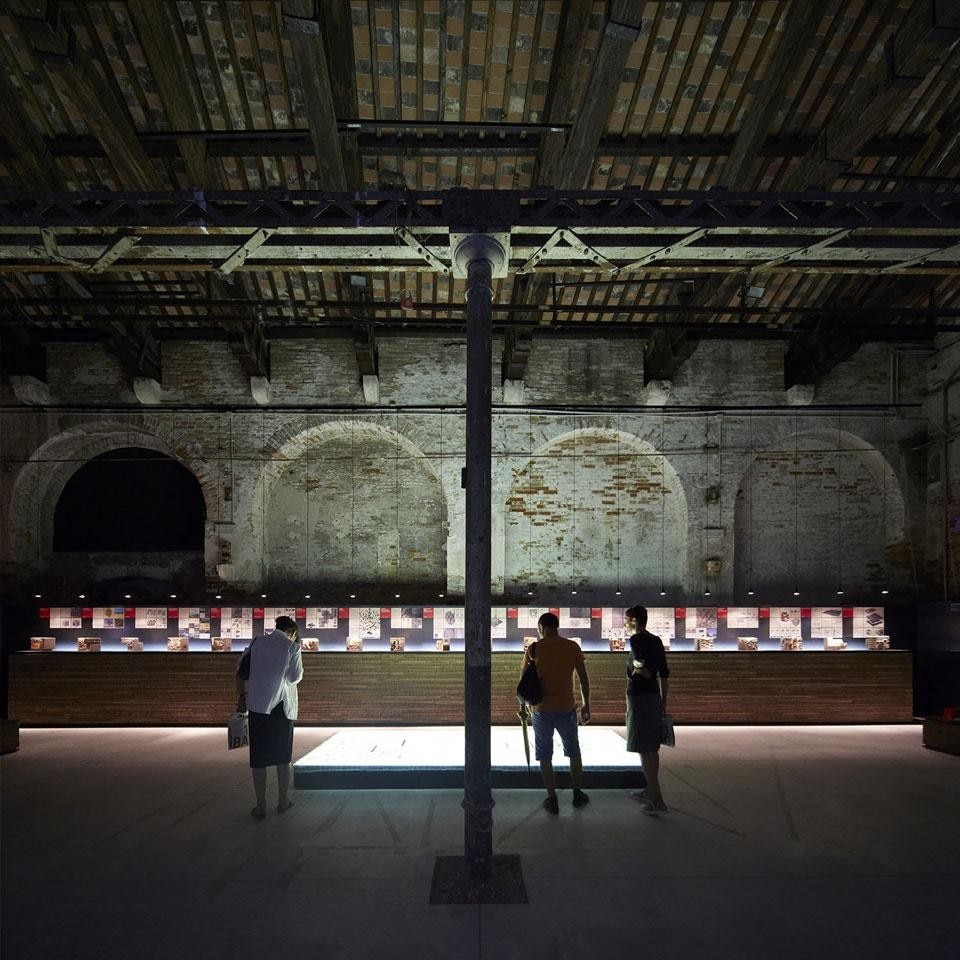
Nomena Architects: If our ideas are to have strength, we must be united, which is very difficult in Peru where there is distance between architects. This prevents people from focusing on architecture. Architects are not very important. Architecture is. This exhibition opens Peru's door to the world. Peru has taken a journey and arrived here in Italy. It is a very important message for our country and we must be aware of this.
